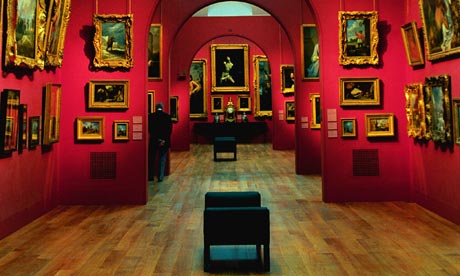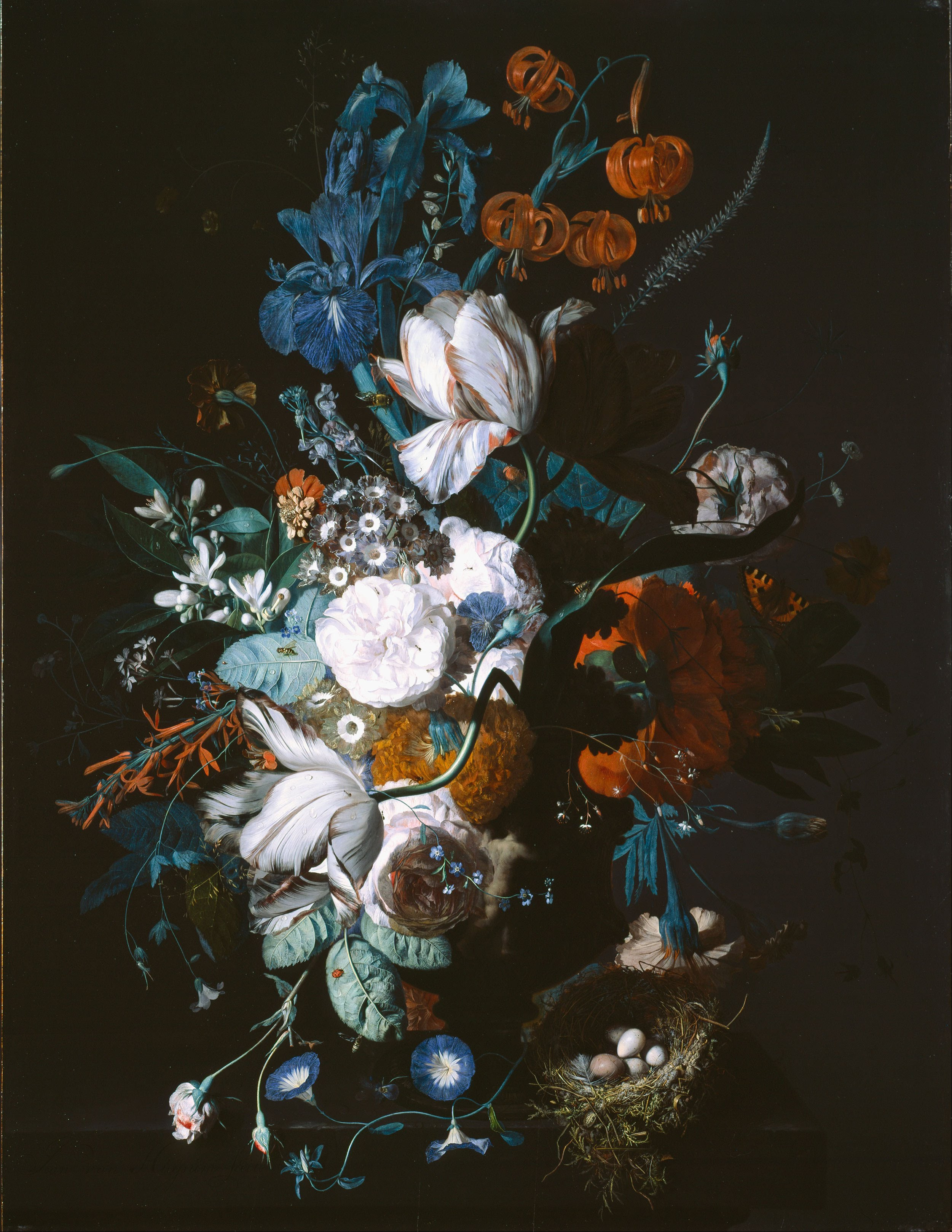 By now you must have heard of the Art Fund’s Museum of the
Year Award either through those nominated proudly proclaiming it to peers, or
maybe you have seen a banner outside an institution or even found out about it
through the news feed of choice – twitter. Whatever your source I bet you’re
wondering what all the fuss is about? Yes, this is an honourable achievement,
but did you know out of the ten finalists there are two winners? The ‘Museum of
the Year’ winning £100,000 and a second Museum or Gallery benefiting from
£10,000 for the Clore Learning Award.
By now you must have heard of the Art Fund’s Museum of the
Year Award either through those nominated proudly proclaiming it to peers, or
maybe you have seen a banner outside an institution or even found out about it
through the news feed of choice – twitter. Whatever your source I bet you’re
wondering what all the fuss is about? Yes, this is an honourable achievement,
but did you know out of the ten finalists there are two winners? The ‘Museum of
the Year’ winning £100,000 and a second Museum or Gallery benefiting from
£10,000 for the Clore Learning Award.
Pretty big prize right? Well to make it even more exciting
did you know that three London Museums have made it to the finalist stage? The Horniman
Museum and Gardens, The William Morris Gallery and Dulwich Picture Gallery are
competing in the top ten to win Museum of the Year 2013.
The Art Fund prize began in 2001 to create an annual prize
for museums and galleries; it has since been awarded to the biggest museum –
The British Museum in 2011 for the ‘History of the World in 100 Objects’ and
lesser known galleries such as The Lightbox Museum and Gallery in Woking. The
judges have been visiting the ten finalist (http://www.artfund.org/news/2013/04/02/museum-of-the-year-2013-finalists-announced)
institutions since the 2nd April and although we don’t know exactly
what make a ‘Museum of the Year’ the Art Fund specifies that ‘the Prize highlights the
innovative and creative ways that museums bring objects and collections to
life, looking specifically at activity undertaken in 2012.’
Well
in that case I’m sure they enjoyed their visits to London’s offerings! Here at
The Ministry we know that The Horniman, William Morris Gallery and Dulwich
Picture Gallery are fantastic institutions, but for one weekend The Ministry examined further:
The Horniman Museum and Gardens.
The
Horniman Museum and Gardens is situated on London Road in Forest Hill, a
collection of Anthropology, Natural history and Musical Instruments, Frederick
John Horniman aimed to bring the world into his home. As the son of a
successful tea Merchant (Horniman Tea was the most largely produced loose leaf
tea in 1891) his disposable cash and status as a Victorian gentleman enabled
him to become one of the most prolific collectors of his time. Donating his
collection and the site to the London Council in 1901 it has become an iconic
part of South East London.
 |
| The Man himself, Frederick John Horniman stood upon a crate of tea. |
It’s
collection of Anthropology, Natural History and Musical Instruments continue to
inspire and leave its visitors in awe. My favourite room is the Centenary
Gallery where objects collected by Horniman and his friend Alfred Court Haddon
(credited as becoming the first British anthropologist after his trip to the
Torres Strait Islands to create a scientific study of people) sit next to contemporary
Anthropologists objects.
In
2012 the Museum spoke to London, by bringing objects out of the stores and
relating them to the city’s vibrant fashion a clear dialogue of Londoners self-expression
and London’s cultural diversity was explained in ‘The Body Adorned’ Exhibition,
it received unprecedented attention and was even opened by the one and only
Dame Vivienne Westwood.
The
most iconic objects on display at the Museum provide interest for children and
big kids; the overstuffed Walrus and the merman. They are perfect examples of
Victorian curiosity and as The Ministry of Curiosity like to think of
themselves as Victorian Gentleman (without the sexism and with less opium) we
hold a special place in our hearts for this Museum, and highly recommend it for
an unusual day out.
Dulwich Picture Gallery.
 Just
down the hill from the Horniman and through a beautiful park sits the Dulwich
Picture Gallery. In picturesque Dulwich Village it’s impossible to imagine that
you are in London let alone in the presences of an amazing collection of ‘Old
Master’s’ Paintings.
Just
down the hill from the Horniman and through a beautiful park sits the Dulwich
Picture Gallery. In picturesque Dulwich Village it’s impossible to imagine that
you are in London let alone in the presences of an amazing collection of ‘Old
Master’s’ Paintings. |
| Bet it takes a while to dust all of those fancy frames. |
The
Gallery has a vibrant history with its collection acquired by numerous influential
individuals in the arts, housing collections bequeathed by Edward Alleyne (1566
– 1626) and William Carthwright in 1686. The early 19th Century saw
a dramatic improvement in the collection when Sir Francis Bourgeois and Noel
Desenfans left works to the Gallery. Originally collected for Poland’s National
Collection the numerous Old Master paintings had taken them so long to collect
that Poland had been partitioned when they finished in 1795. On the death of
the remaining partner Dessefan’s the collection was left to the Gallery with a stipulation
for the construction of a new Gallery designed by Sir John Soane. Opened to the
public in 1817 Dulwich Picture Gallery is now the oldest public Art Gallery in
England.
 |
| Pride and prettiness in one vase. |
On
my first visit to the Gallery, I was actually a bit disappointed having become
used to the massive spaces of Central London galleries the building seemed tiny.
But their collection of ‘Old Masters’ (Old Masters refers to the painters of
skill before 1800) left me in awe. Works from the Dutch Golden Age and Italian
Renaissance dominate the walls and I was amazed to find one of my favourite 17th
Century paintings there, (I actually squealed with excitement).
The
‘Old Master’ Jan Van Huysun’s ‘Vase with Flowers’ is a typical expression of
the nationalistic approach from the Dutch School, the flower trade of Holland
and the newly formed Dutch republic were widely celebrated with the use of
flowers and maps in paintings. I love it not only for its political celebration
but because of its range of blues and striking reds. Thanks to the Dulwich
Picture Gallery a postcard of this now adorns my wall.
In
2012 the Gallery celebrated its bicentenary (wow!) and with its third century
it ‘refocused a sense of its founders desires to display art for the inspection
of the public’ according to the Art Fund. Here at The Ministry we have indeed
noticed that it has been striving to reach out to new audiences, with an
amazing lecture programme and regular film nights the Gallery is captivating a
fresh audience.
William Morris Gallery.
As
a South Londoner (by location only) the Horniman and Dulwich Picture Gallery
were only a bus ride away, but to visit the William Morris Gallery I had to
battle the length and breadth of the Victoria Line. When I arrived in
Walthamstow Central the hour and a half spent travelling felt minimal. William
Morris was a Victorian man of many talents and I loved how the gallery explored
each aspect of his life.
 |
| Maybe modern protestors should make a lovely banner like this rather than 'This wouldn't happen at Hogwarts' |
My
favourite piece in the gallery is William Morris’ socialist banner, I felt that
this summarised him so well as a person, the banner designed by him of course, his
close friend and a founding member of the Pre Raphaelite brotherhood Edward Burne
Jones designing the image and the purpose of the banner to proclaim Morris
relentless support to socialism.
 |
| Grayson Perry is a textile designer too, but maybe not as classic as Morris. |
The
William Morris Gallery reopened after a major redevelopment in 2012, and now
holds a temporary exhibition space, currently displaying David Bailey
photographer the space has also housed artist Grayson Perry’s Walthamstow tapestry.
From The Ministry’s point of view we can see a space so idyllically transformed
where so many depths of a person’s life can be explored through the sight of their beautiful objects.
Who will win? Well we will find out on the 4th of June, fingers crossed and best of luck for all of the finalists nationwide!
For
more information and to find out where the judges have been this week
And More information about the Museums...
The Horniman Museum is open daily from 10.30am to 5.30pm, entry is free but with a small charge for the aquarium.
Follow them on twitter @HornimanMuseum and learn about the collection @Horniman Reviews
Dulwich Picture Gallery is open Tuesday to Friday 10am - 5pm and Saturday and Sunday 11am - 5pm. £6 Admission cost for Adults.
Follow them on twitter @DulwichGallery
The William Morris Gallery is open Wednesday to Sunday 10am to 5pm and is free of charge.
Follow them on twitter @WMGallery


No comments:
Post a Comment